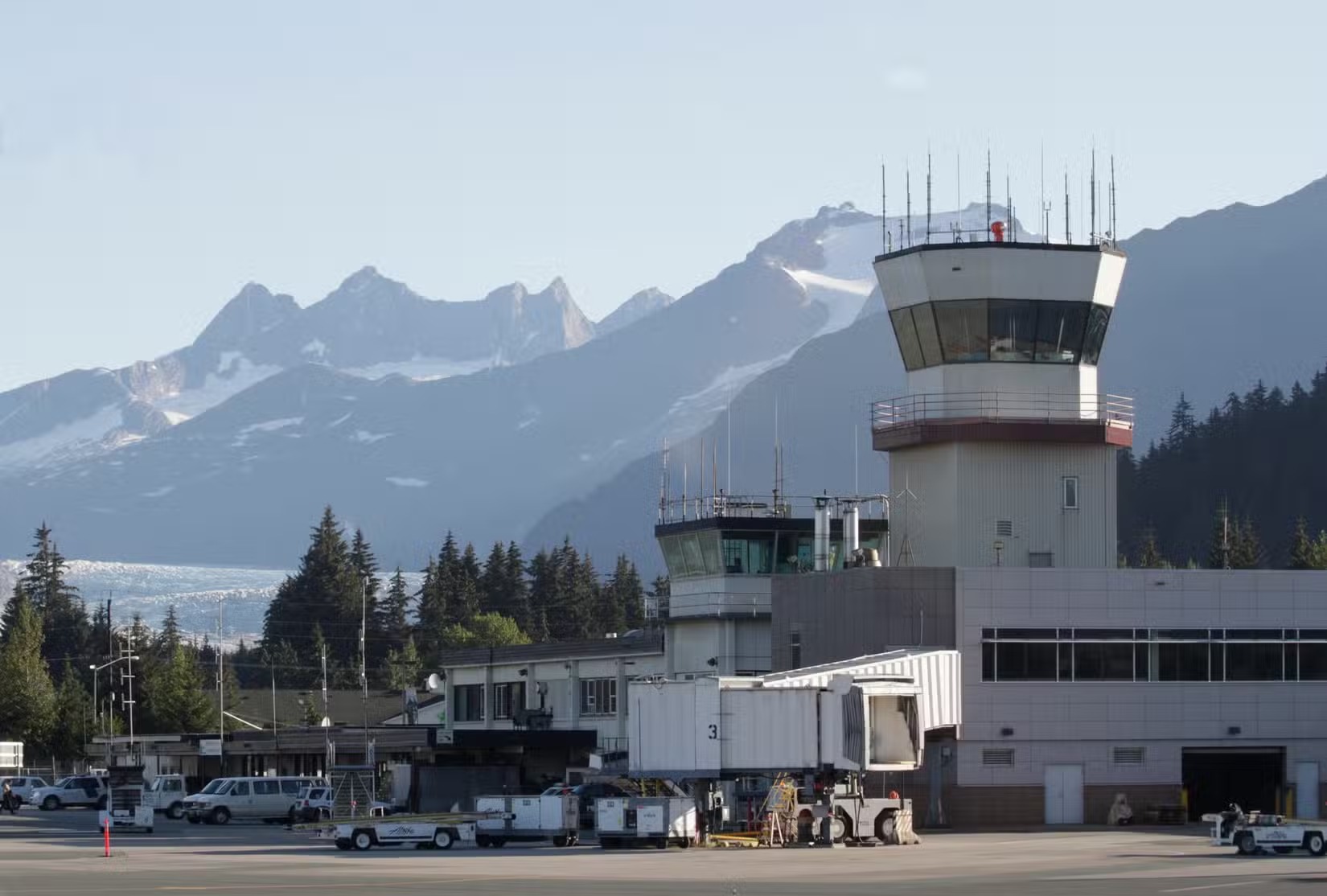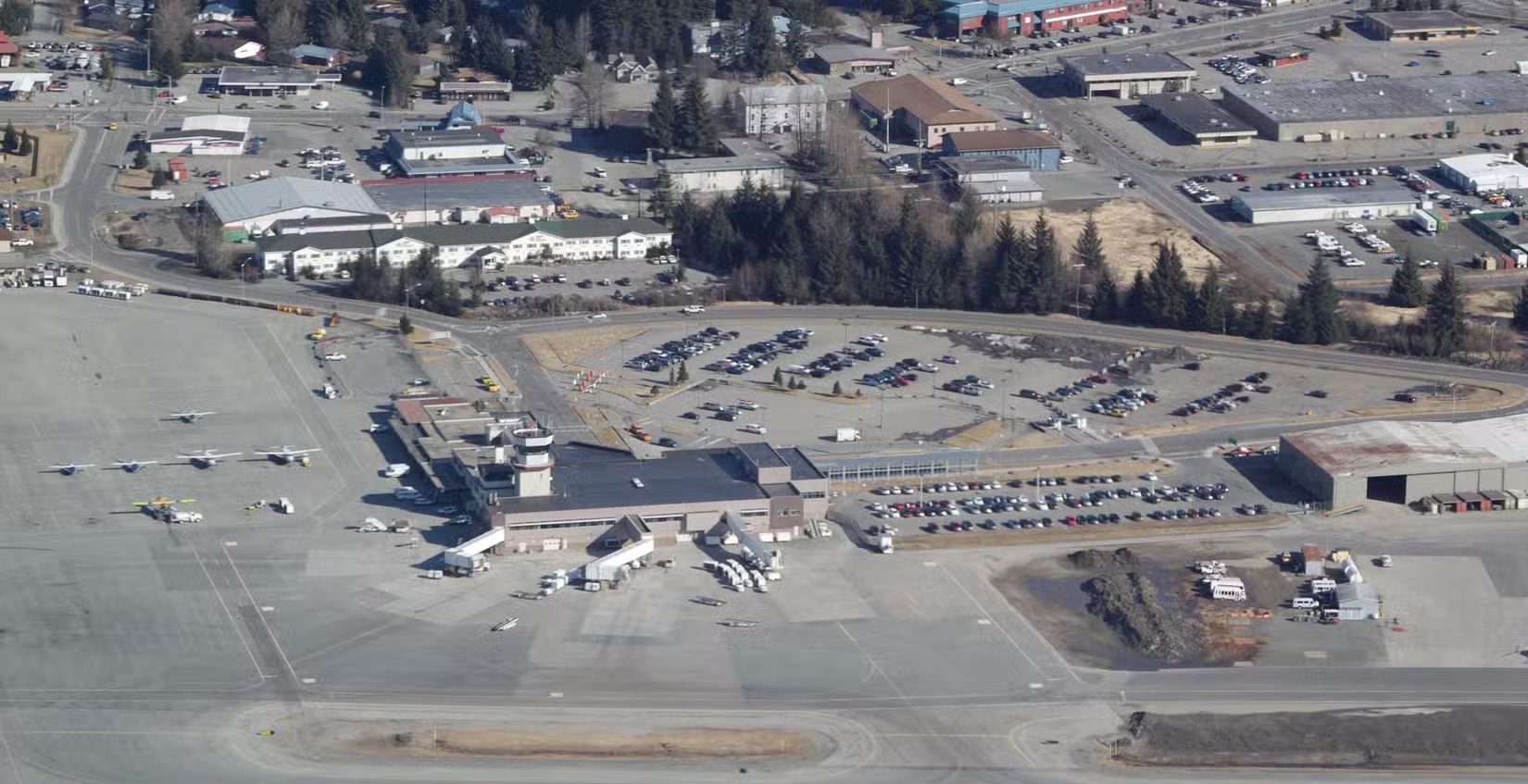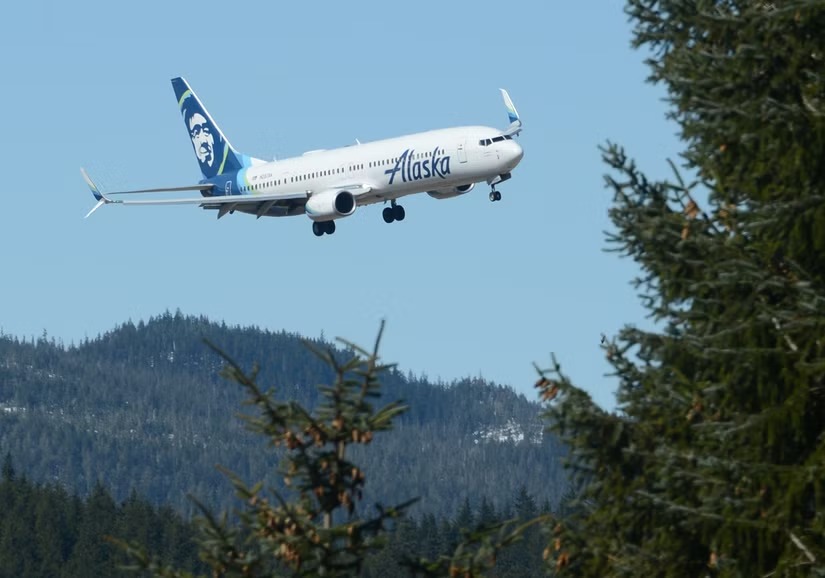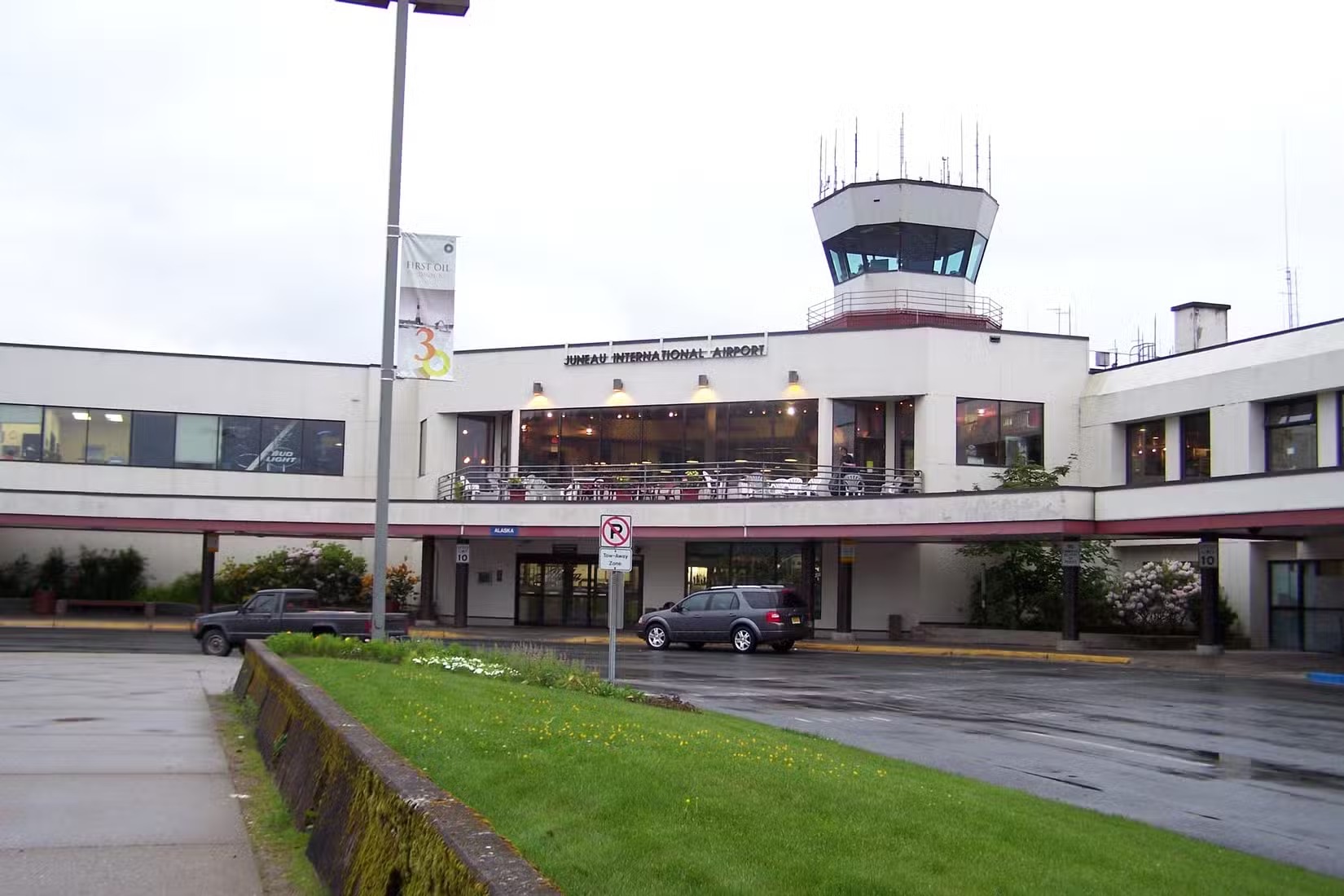Certain airports around the world are very challenging for pilots to land due to a variety of factors, including surroundings, structure, altitude, and location, to name a few. Although some of these airports are often avoided, others have regularly scheduled passenger service and serve multiple airlines.
Alaska’s Juneau International Airport (JNU) is an airport that is extremely challenging to land but still has regularly scheduled passenger service and serves multiple airlines. Located just 8.6 miles from the capital of Alaska, Juneau Airport is the main gateway for the city. The airport is located just off a channel of cold water flanked on all sides by steep snow-capped mountains and glaciers.

Juneau International Airport is often regarded as one of the most scenic airports in the world, and passengers who have experienced it often note the stunning landscape and towering mountain ranges surrounding the aircraft as it descends towards the runway.
The challenges
Juneau Airport is notorious for the wind-driven turbulence that can make even experienced fiers nauseous. The weather around Juneau Airport is unpredictable, especially during the winter months. From the time the airport was built in 1948, when the United States Army used it as a transport link between bases in the Aleutians Islands and the mainland United States, the airport was a problematic place for planes to land.
The airport is crammed between 3,000-foot peaks; it is at the end of a 15-mile Gastineau Channel infamous for shifting and gust winds and is often covered by thick blankets of fog.

When the weather was bad or there was poor visibility, planes couldn’t land, sometimes for days. In fact, the delays occurred so frequently that they threatened the status of Juneau as Alaska’s capital. Juneau is not accessible by roads, and in the 1960s, the capital was pushed to move to Anchorage.
Other airports in Alaska have similar challenges, such as:
- Sitka Airport (SIT) – where the runway is a narrow strip of land with water surrounding it on all sides.
- Kodiak Airport (ADQ) – where the runway ends suddenly at a mountainside. The airport is so difficult that first officers are not allowed to land there; only captains are allowed to.
Tragedy strikes
Even when the wind is not blowing, or there is poor visibility, landing or taking off is still hazardous. In 1971, Alaska Airlines Flight 1866 was flying between Anchorage and Seattle via Cordova, Yakutat, Juneau, and Sitka on the famous Milk Run route. The Boeing 727-100 registered N2969G was on approach to Juneau Airport, crashing into a mountain on approach to Juneau, killing all 111 passengers and crew members onboard. At the time, it was the worst single-plane accident in United States history, and the National Transportation Safety Board blamed the crash on pilot error and confusing instrumentation.

During the winter, winds at the airport flow from the southeast over the steep mountains, as most takeoffs were in that direction. After takeoff, planes would make an immediate 180-degree right turn to avoid hitting the mountain.
In January 1993, an Alaska Airlines Boeing 727 took off from Juneau into the wind when it started its 180-degree right turn when a terrible wind draft hit the plane. At the time, the aircraft was banking to the 30-degree right and knocked the 727 on its side, pushing it to the ground. With only 150 ft to spare, the crew regained control of the aircraft. Thankfully, no one was hurt.
The Federal Aviation Administration (FAA) then closed the airport down for takeoffs and landings when the winds blew too strongly. In 2006, Delta Air Lines, the only other airline besides Alaska Airlines serving the airport, pulled out due to a compilation of safety concerns and the constant cancellations and delays that made flying to Juneau uneconomic. Delta has since returned to Juneau, competing head-to-head with Alaska Airlines on the Seattle-Juneau route.
New technology
Researchers at the FAA, Alaska Airlines, and the National Center for Atmospheric Research are using a new monitoring system that alleviates some stress when flying out of Juneau. The system monitors wind shear and turbulence data in the Juneau area and relays the information to the air traffic controllers so they can inform pilots of areas to avoid. The Juneau Airport Wind System (JAWS) can be used at any airport where wind creates severe turbulence. The FAA plans to use JAWS in other airports facing similar problems across the country.
JAWS is based on a technology originally developed for Hong Kong Airport, flanked by mountains and producing wind shear. The technology works like a GPS system in cars as it allows pilots to plan a flight path to safely navigate the terrain as they weave through valleys and around mountains with precise accuracy during the approach. It was implemented in 1996 and allows flights to arrive from the Gastineau Channel during the thickest fog.

Although the new technology substitutes pilot skills, airline pilots undergo a rigorous training program. They must receive an Arctic certification that takes between six and seven years to complete. Since the airport began using JAWS, no aircraft has experienced a severe turbulence encounter within the coverage of the JAWS technology system.
Juneau Airport is the third-busiest airport in Alaska after Anchorage and Fairbanks. More than 86% of passengers at the airport flew on Alaska Airlines last year, with Kalinin Aviation commanding a 7.7% market share, followed by Delta Air Lines with 4.7%. The three busiest routes last year were:
- Seattle (SEA) – 188,000 passengers
- Anchorage (ANC) – 81,000 passengers
- Sitka (SIT) – 25,000 passengers.
Source: Simple Flying

Warning: Illegal string offset 'cookies' in /home/u623323914/domains/eng.bayviet.com.vn/public_html/wp-includes/comment-template.php on line 2564